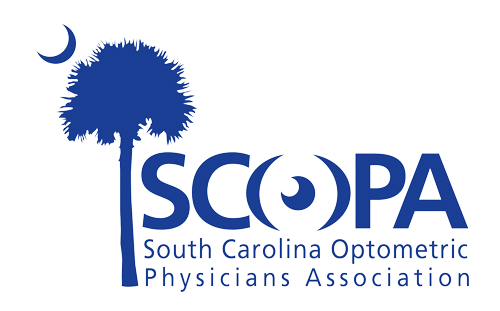Flood-Related Eye Care Precautions
As flooding continues to expand across much of the Midwest, the American Optometric Association (AOA) reminds consumers to be vigilant with eye protection and eye care, particularly for contact lens wearers. Flooding causes an increase in the incidence of water-borne pathogens. These pathogens—including amoeba, parasites, bacteria and viruses—can be dangerous to the eye and may lead to infections, other complications and even loss of sight. AOA doctors of optometry have seen an increase in flood-related eye infections, particularly in areas throughout Iowa, and believe that these cases will continue to rise in the coming weeks.
Recommendations for contact lens wearers to avoid exposure to flood-related eye infections and complications:
- Avoid contact with flood waters. If contact cannot be avoided, remove contact lenses prior to exposure to water. If contact lenses are unavoidable, wear goggles.
- Don’t assume treated tap water is safe. Avoid using tap water to wash or store contact lenses or contact lens cases.
- Always wash and dry hands before touching the eye or handling contact lenses. Use hand disinfectant frequently.
- Use only sterile products recommended by your optometrist to clean and disinfect lenses. Saline solution and rewetting drops are not designed to disinfect lenses.
- Only fresh solution should be used to clean and store contact lenses. Never re-use old solution. Contact lens solution must be changed according to the manufacturer’s recommendations, even if the lenses are not used daily.
- Rub and rinse the surface of the contact lens before storing using a Food and Drug Administration (FDA)-approved contact lens disinfecting solution.
- Store lenses in the proper lens storage case and replace the case at least every three months. Clean the case after each use by rubbing each well for at least 5 seconds, rinse with contact lens disinfecting solution, then wipe with a clean cloth. Store the case upside down with caps off between cleanings.
- Contact lens wearers who regularly sleep in contact lenses as prescribed should refrain from doing so if exposed to water
- Replace lenses using your doctor’s prescribed schedule.
- Never put contact lenses in the mouth or moisten them with saliva, which is full of bacteria and a potential source of infection.
- Never use contacts that have not been prescribed by an eye doctor. Never wear lenses prescribed for another person. Contact lens wearing is not an option for everyone; consult with an optometrist to see if contact lenses are an appropriate choice for vision correction.
Symptoms to watch for:
If you experience any of the following conditions, contact your optometrist immediately:
- Red and irritated eyes lasting for an unusually long period of time after lens removal
- Pain in and around the eyes especially if it progressively worsens
- Increased sensitivity to light
- Sudden blurred or fuzzy vision
- Excessive eye tearing or discharge
